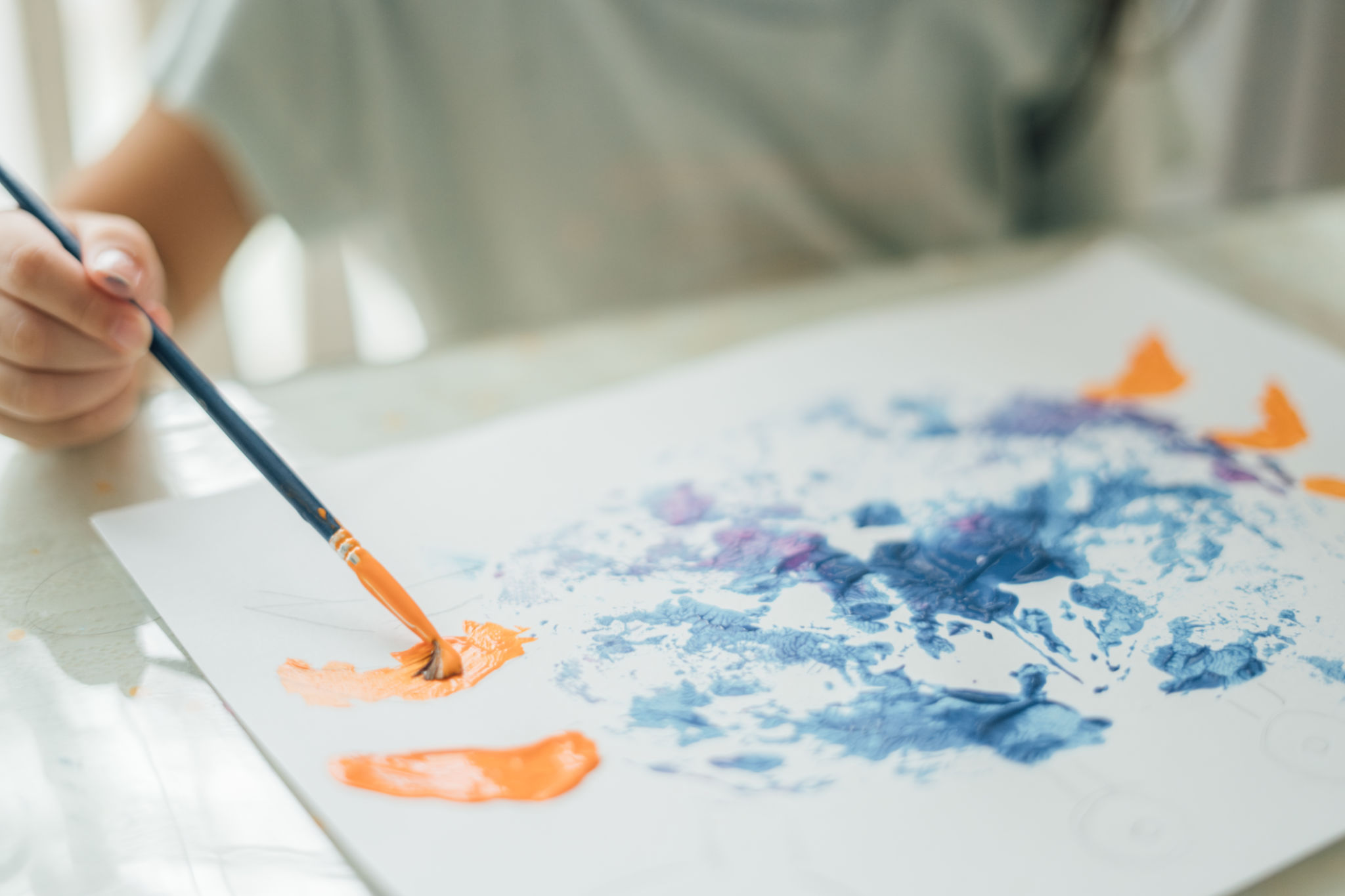A Comprehensive Guide to Emotional Healing Techniques
Understanding Emotional Healing
Emotional healing is a vital process that allows individuals to acknowledge, process, and release emotional pain or distress. It is an ongoing journey that helps foster better mental health, improve relationships, and enhance overall well-being. Whether you're dealing with past traumas, loss, or everyday stressors, understanding emotional healing techniques can empower you to regain balance and peace.

Recognizing the Need for Emotional Healing
Identifying the need for emotional healing is the first step in the process. Common indicators include persistent feelings of sadness, anxiety, or anger. You might also notice a lack of interest in activities you once enjoyed or difficulty in forming and maintaining relationships. Recognizing these signs is crucial in prompting you to seek healing methods that resonate with your personal needs.
Exploring Different Emotional Healing Techniques
There are numerous techniques available for emotional healing, each catering to different preferences and experiences. Exploring these methods allows you to find what works best for you in your unique journey.
Mindfulness and Meditation
Mindfulness and meditation are powerful tools for emotional healing. They encourage you to focus on the present moment, helping you cultivate awareness and acceptance. Regular practice can lead to reduced stress levels and increased emotional resilience. Consider starting with short daily sessions and gradually increasing your time as you become more comfortable.

Therapeutic Practices
Engaging in therapy with a licensed professional can provide invaluable support. Therapists offer a safe space to explore and process emotions, offering strategies to cope with life's challenges. Cognitive Behavioral Therapy (CBT) and Eye Movement Desensitization and Reprocessing (EMDR) are popular therapeutic approaches known for their effectiveness in emotional healing.
Creative Expression
Creative expression through art, music, or writing can be a liberating way to process emotions. These activities allow you to channel feelings into a creative outlet, offering a form of release and understanding. Whether it's painting, playing an instrument, or journaling, creative expression provides a therapeutic and insightful experience.

Building Resilience for Long-Term Well-Being
Emotional healing is not just about addressing current issues but also about building resilience for the future. Developing a toolkit of strategies that support your mental health can help you navigate life's ups and downs more effectively.
Social Support Systems
Surrounding yourself with a supportive network of friends and family is essential for emotional well-being. Sharing your thoughts and experiences with trusted individuals can provide comfort and perspective. Additionally, support groups can offer connection with others who understand your experiences.
Regular Self-Care Practices
Incorporating regular self-care practices into your routine is crucial for maintaining emotional health. This can include physical activities like yoga or pilates, engaging in hobbies, or simply taking time to relax and unwind. Prioritizing self-care helps ensure that you have the energy and resilience to tackle life's challenges.
By embracing these emotional healing techniques, you can foster a deeper understanding of yourself and cultivate a life filled with peace and fulfillment. Remember, the journey of emotional healing is personal and unique to each individual—take it at your own pace and be kind to yourself along the way.